Flashback Friday - Measuring Touch
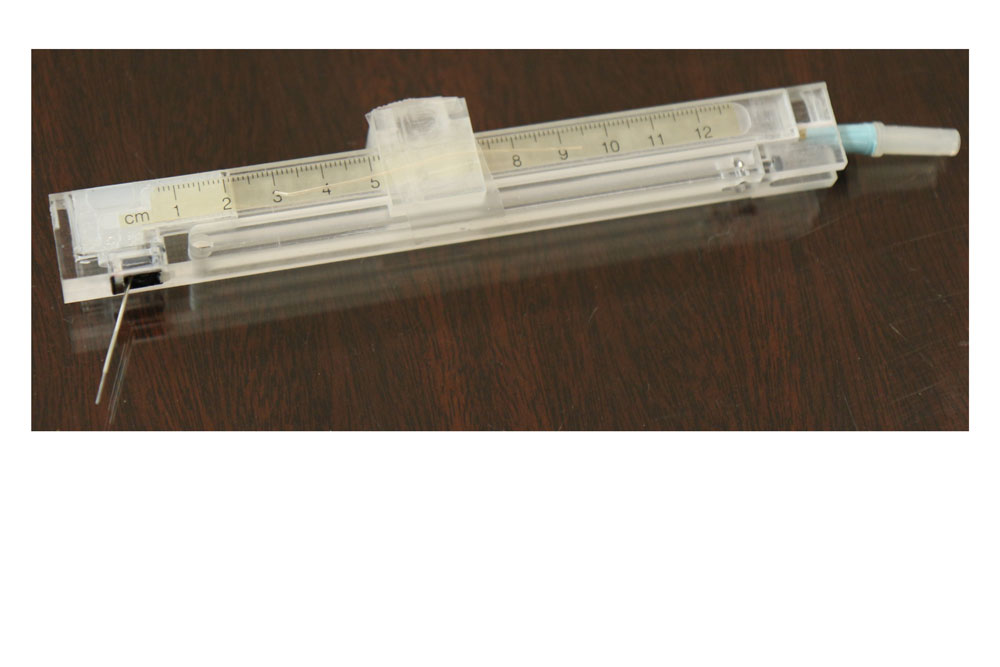
One puzzling-looking artifact in the Bjoring History Center recalls the search for a reliable assessment tool for one of the world’s oldest and most dreaded diseases: leprosy. The device, called a steel wire pressure aesthesiometer, was patented in 1982 by a researcher at the National Hansen’s Disease Center in Carville, Louisiana.
Hansen’s disease or leprosy is an infectious disease caused by Mycobacterium leprae, which affects the peripheral nervous system, skin, and other tissues. This apparatus measured the loss of sensation that occurs as part of the disease; early detection was vital in preventing new and recurrent wounds, especially in the hands and feet.
The original clinical method to measure pressure sensitivity, introduced in 1898 by Maximillian von Frey, used various lengths or sizes of hair with thorns glued on the free end.
In the 1980s, Frank N. Kanatani, chief of Health Sciences Research at Carville, headed a clinical research program focused on sensory instrument testing and peripheral nerve neurophysiology. He sought to create a simple device that would be better than a popular method known as the Semmes-Weinstein nylon pressure filaments. That method, which consisted of a set of 20 individual nylon filaments of various diameters to test sensation, was cumbersome and had various shortcomings, including problems with calibration.
Kanatani’s device eliminated the need for so many separate test filaments. His self-contained unit used a steel wire as a pressure-delivering element instead of a nylon filament, and could employ a wide range of specified pressures to a skin area. The amount of stress being applied could be readily measured through a deflection scale.
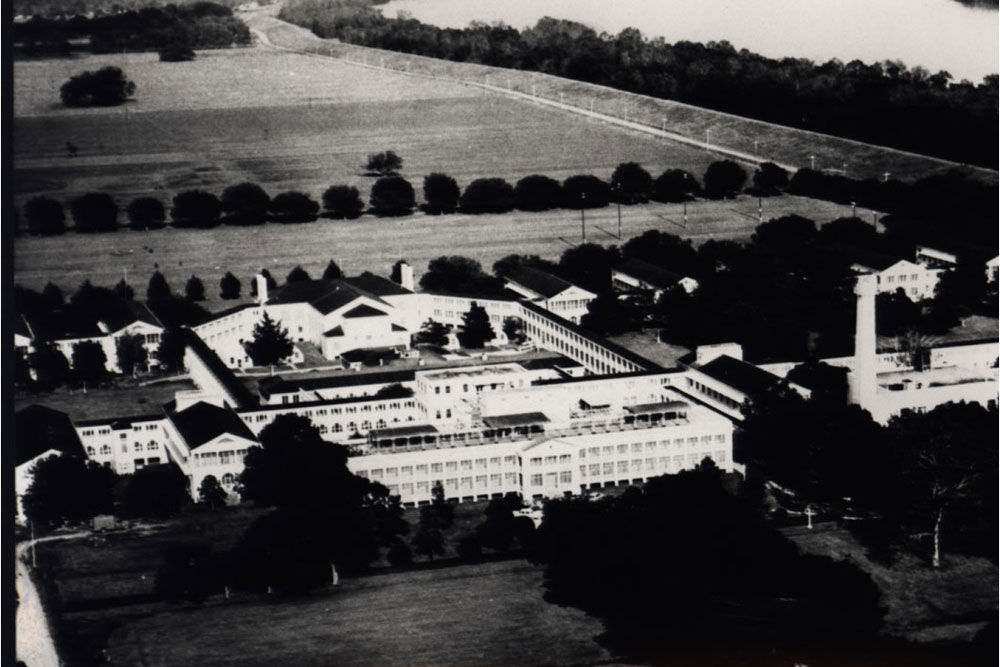

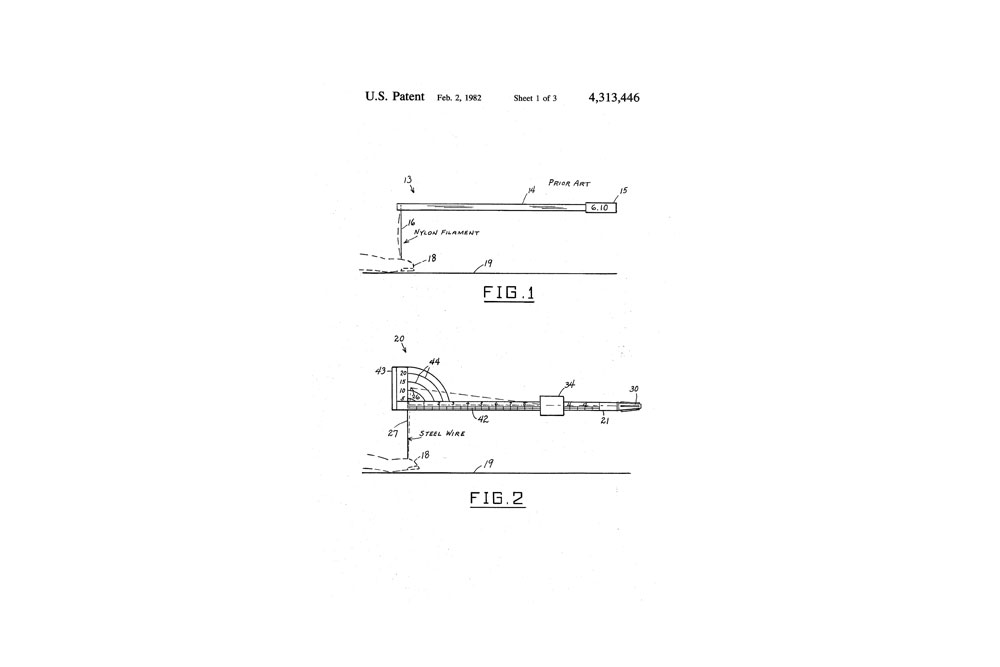
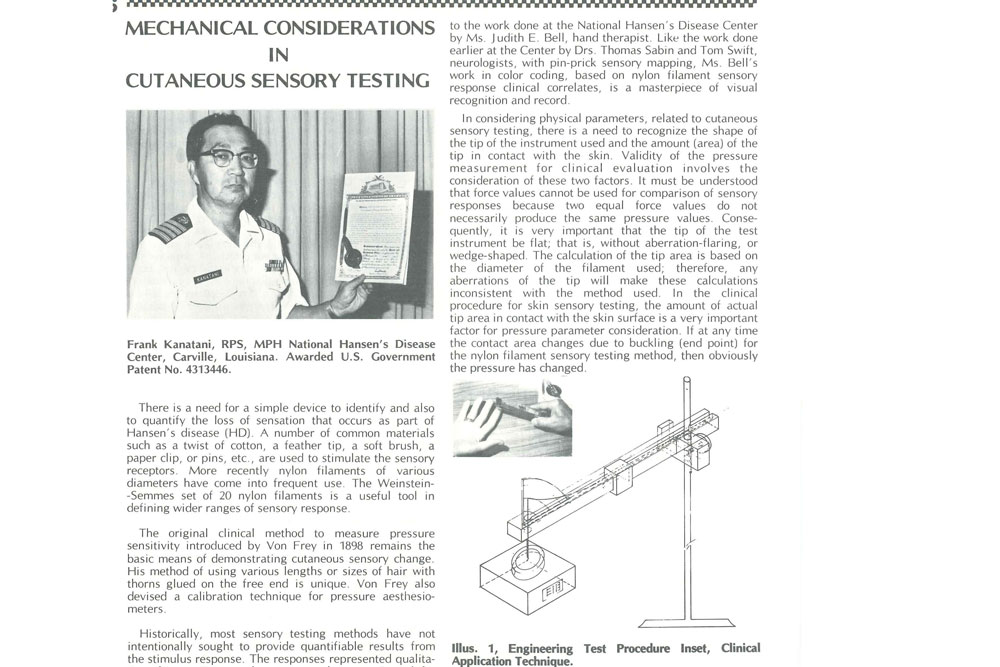
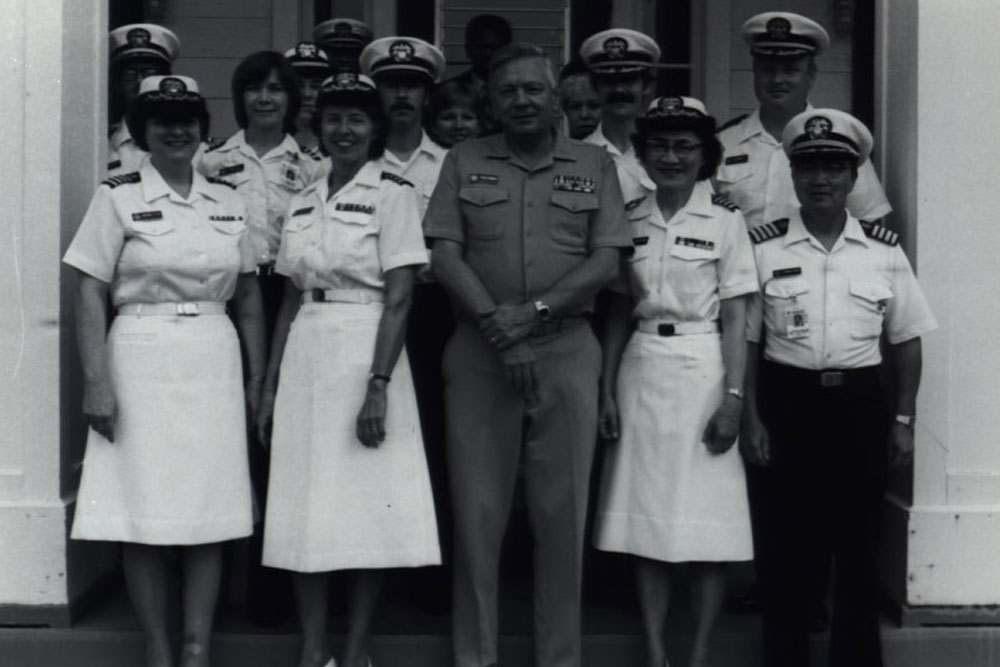
The artifact is now part of the Rita K. Chow Collection in the Bjoring Center for Nursing Historical Inquiry. Chow served as Assistant Director of Nursing and Director of Patient Education at the National Hansen’s Disease Center during her 27-year career with the U.S. Public Health Service.
Before Kanatani’s steel-wire apparatus, various common materials were experimented with in an attempt to capture sensory patterns--a cotton tip, a feather, a pin, a paper clip. The original clinical method to measure pressure sensitivity, introduced in 1898 by Maximillian von Frey, used various lengths or sizes of hair with thorns glued on the free end.
What became of Kanatani’s prototype? Today, the Semmes-Weinstein monofilaments remain the gold standard and it’s unclear whether Kanatani’s design was ever adopted. Leprosy is still endemic in many parts of the world and remains an important public health challenge globally, with an estimated 2 to 3 million cases. Between 200,000 and 300,000 new cases are reported annually, though only about 150 to 250 cases are reported in the U.S. in a given year.
